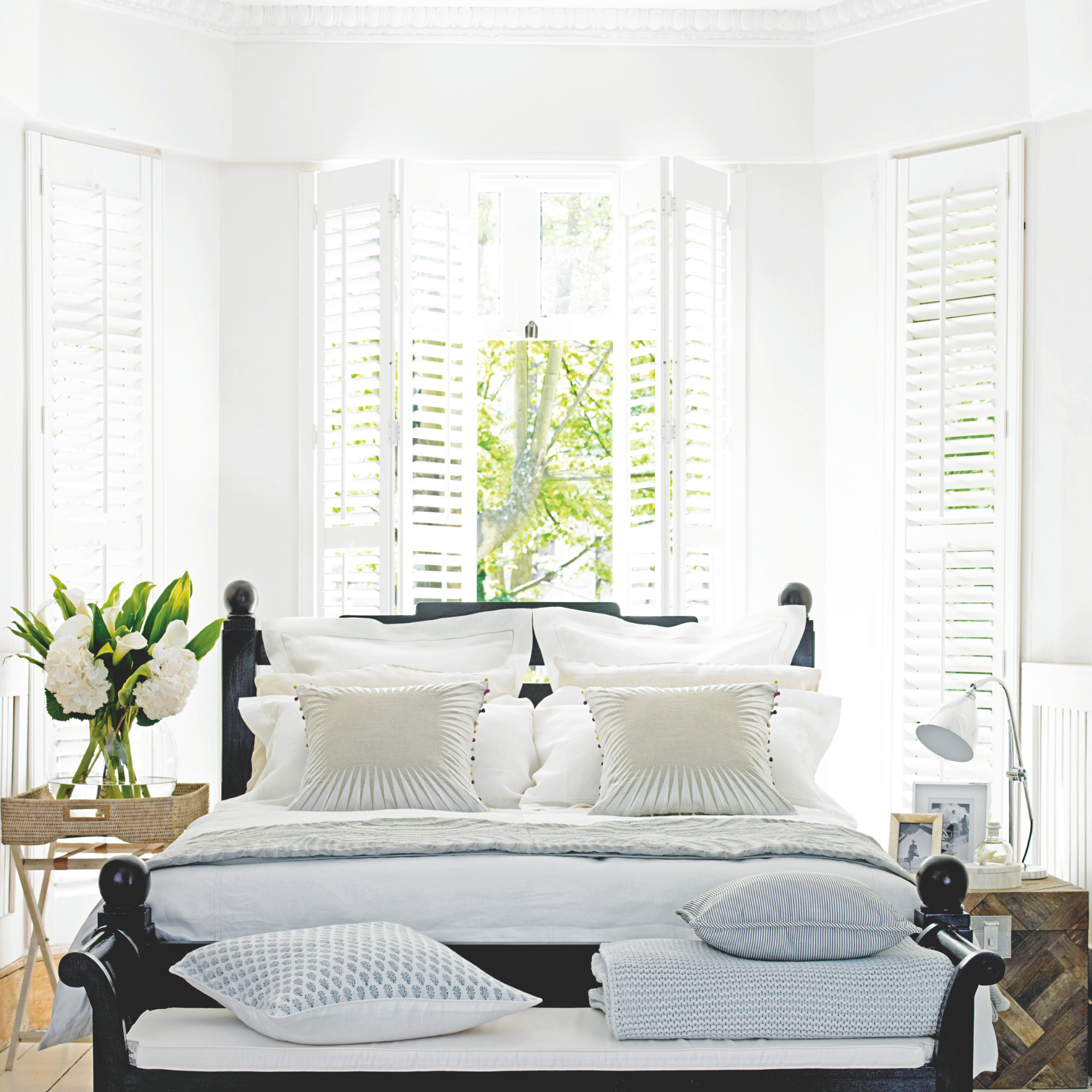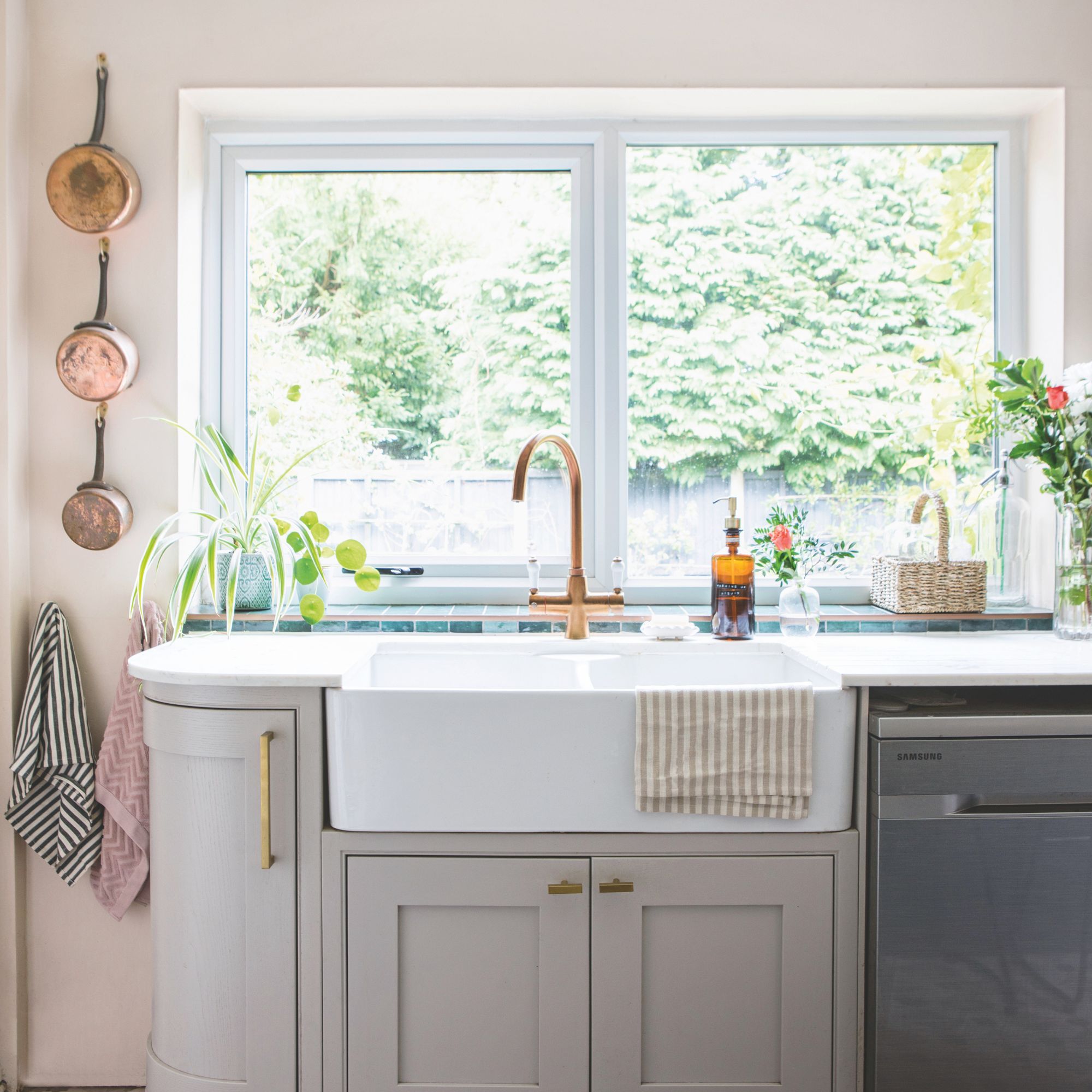
Is airing your home a part of your morning cleaning power hour? Do you fling open the windows when you make the bed, or open the kitchen door while you’re eating breakfast? While letting in a breath of fresh air is something we might think about on a hot day, or if we’re troubled by mould, experts believe it’s a ritual that could do wonders for our health and the air quality in our home - especially if you follow the traditions of Lüften, Stoßlüften and Querlüften.
The Germans are ahead of us in this. Their tradition of lüften means opening the windows and doors of a home for a short time every day to let the fresh air in – it’s even a requirement of some old property leases as a way to prevent damp and condensation. Similarly, stoßlüften translates to ‘shock ventilation’ and focuses on keeping damp, moist air out and dry air in.
To help you make the most of these German rituals, we’ve got all of the information you need below. After all, keeping damp and mould out of your property is more important than ever - especially if you’re trying to save energy at home.
The lüften effect

Lüften is essentially the act, or art, of ventilating a home. This isn’t exactly a new concept, as experts have urged homeowners to open their windows daily (even in winter) for decades. However, lüften is a little more specific - and there are even two types. These include Stoßlüften and Querlüften.
What is Stoßlüften?
Stoßlüften translates as ‘shock ventilation’ and means opening doors and windows to let in a rush of air. The general guidelines are to do it twice a day for 30 minutes in the summer, then reduce the time to 10-15 minutes in spring and autumn, and just five minutes in the wintertime. By opening the windows, you let the moist, warm out of your home and replace it with cold, dry air.
Of course, you might need to wrap up warm or temporarily use one of the best electric heaters or blankets. But it’ll all be for the greater good, as you want to keep as much moisture out of your home as possible. By doing this, you can not only prevent the build-up of mould, but you can also stop it from coming back if you’ve already taken steps to get rid of it.
What is Querlüften?
You can combine Stoßlüften with Querlüften, which means opening the windows and doors on opposite sides of your home to create cross ventilation. This technique was recommended by the UK Government during the Covid pandemic, as research found that being in a room with fresh air can reduce the risk of infection from particles by over 70%. But blowing out the bugs with a blast of fresh air from outside can help prevent the spread of colds and flu, too.
How to lüften

Ventilating your home by opening windows and doors can help it to feel and maybe smell fresher, but it can also lessen the impact of indoor air pollution.
‘Tiny particles of dust and dirt called particulate matter, which are released from open fires, log burning stoves and cookers, can irritate the lungs, as can the chemicals found in sprays, aerosols and paint. Smoke, vapour, mould and damp are also harmful irritants, which is why it’s so important to keep your home or inside space well-ventilated, even in winter,’ explains Erika Radford, head of health advice at Asthma + Lung UK.
‘Indoor air pollution affects everyone, but people with lung conditions like asthma and chronic obstructive pulmonary disease (COPD) are particularly at risk, as are children, because their lungs are smaller and still developing.
Try to make lüften part of your everyday routine – as you tidy up your living room, after everyone has used the bathroom in the morning, while you cook dinner, or even while you do 15 minutes of yoga or exercise.
‘It’s a good idea to open your windows for five to 10 minutes several times a day if you can, especially if you’re cooking or using the shower,’ says Erika. ‘And use an extractor fan too if you have one (there are plenty of low-cost options on Amazon). When you open your windows, choose a time when pollen levels and outdoor air pollution are at their lowest levels.’
More ways to improve air quality at home

If you want to improve air quality at home, it’s important to check how healthy the atmosphere in your living space is. This is where tech can help – try a mould-testing kit or a more expensive air quality monitor, which will test for a range of airborne contaminants.
This handy device monitors moisture levels in your home, allowing you to stop mould from forming and test areas for suspected water damage.
Keep an eye on your home's air quality with this WiFi connected monitor which tracks radon gas, particulate matter, carbon dioxide, VOCs, humidity, temperature and air pressure.
This highly rated dehumidifier will keep damp, mould and condensation at bay - and it's currently reduced by 17%!
‘Try to prevent condensation, which leads to damp and mould by drying washing outside, in a tumble-dryer or a well-aired room. Using the best dehumidifiers can also help to prevent condensation,’ says Erika from Asthma + Lung UK.
‘If you have allergies, you can try using allergy and chemical-free products. Some people also find that air filters help with symptoms triggered by dust mites or mould, however, air filters won’t remove all allergens.’
FAQs
Why do Germans open windows when it's cold?
In Germany, the act of opening windows - both when it’s cold and in the summer - is called lüften. This has been part of their daily lives for centuries and aids a happier, healthier home environment. In short, this act expels the indoor air and allows for the arrival of fresh, clean outside air.
Not only does it remove excess moisture and condensation from a house, but it can also improve a person’s overall health and wellbeing, including those with breathing difficulties.
Should you open windows when heating is on?
This all depends on how long you plan to open your windows. If you’re only going to open your windows for 5 minutes, there’s no harm in keeping your heating on while you let the fresh air in. If you want to keep them open for longer, however, you’ll waste energy and you’ll instantly let all of the hot air out of your home.
If you’re conscious about your energy usage, it’s best to turn off your heating before opening your windows and allowing the residual heat to continue heating your home afterwards.
So, will you be incorporating lüften into your daily routine?







